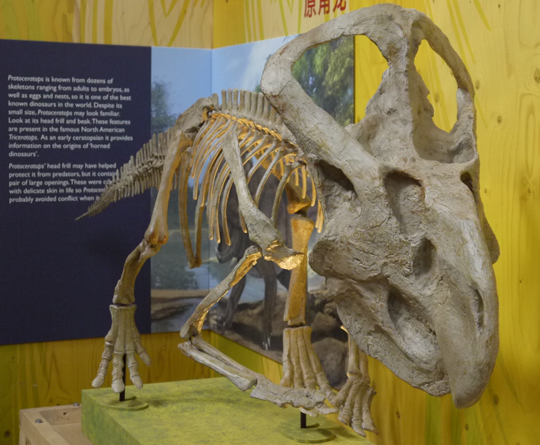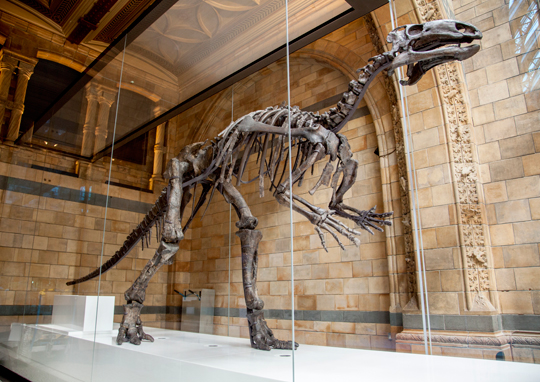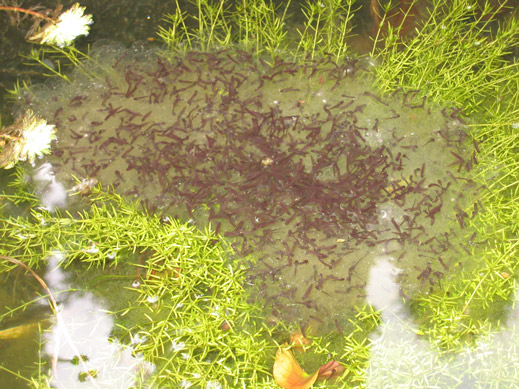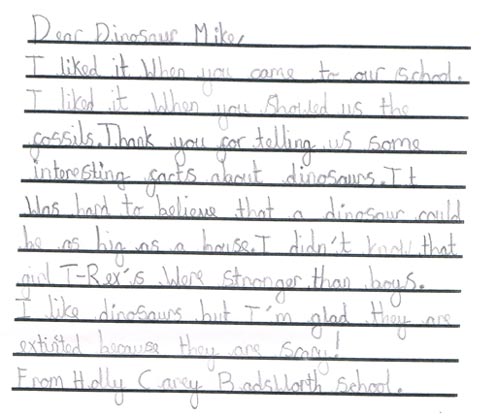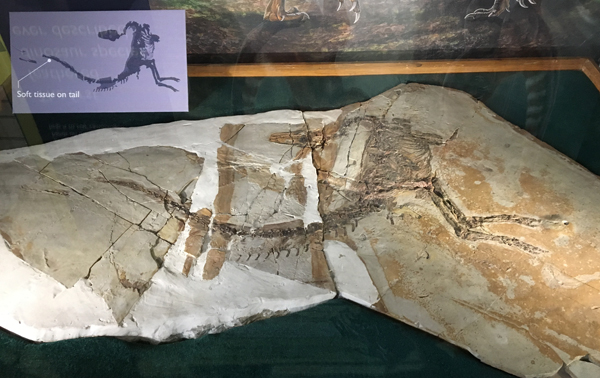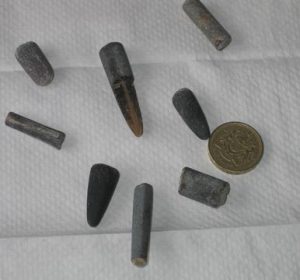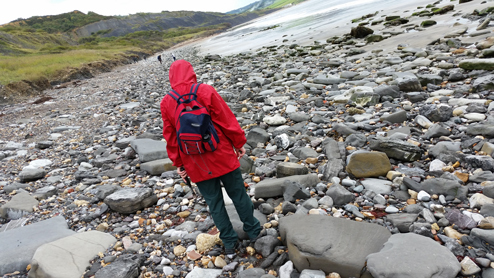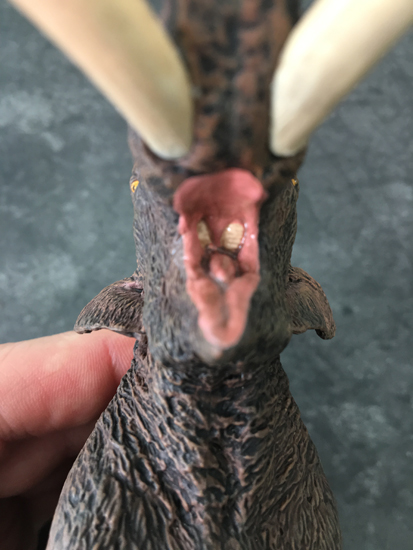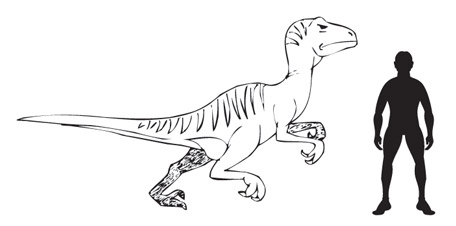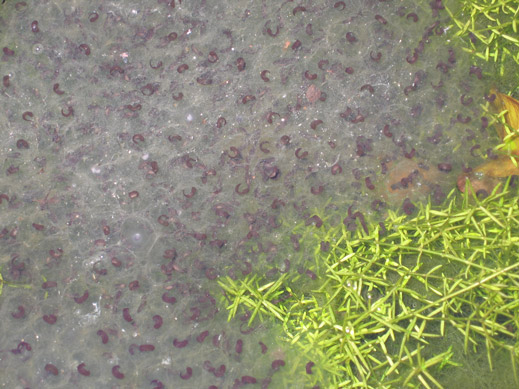Would the Real Inspiration for Indiana Jones Please Step Forward?
Who was the Inspiration behind Indiana Jones?
With the imminent release of the fourth Indiana Jones movie – Indiana Jones and the Kingdom of the Crystal Skull (global release date May 22nd), a number of documentaries and radio programmes are being aired in preparation of this event. The most prominent character in the movies is Dr Henry “Indiana” Walton Jones Jr (most famously played in the films by the American actor Harrison Ford). Apparently the he was nick-named “Indiana” after the family dog.
No doubt the new film will be a huge success, with the fictional professor of archaeology battling the villains with his trademark bullwhip whilst wearing his fedora.
Indiana Jones
However, it is intriguing to note that there is debate as to who was the inspiration behind the Indiana Jones character. A documentary being shown in the UK, (channel five – 9pm), hopes to shed some light on this. Two protagonists are put forward as the main inspiration behind Steven Spielberg’s character, Roy Chapman Andrews and Otto Rahn.
Cinema buffs and biography fans alike will be fascinated at how clues from the previous three films are compared to the little-known histories of these two adventurers. Otto Rahn was a German scholar, whose real-life search for the Holy Grail ( the subject of the third film in the franchise), entangled him with the Nazi Party. Roy Chapman Andrews was an American who played an integral part in the palaeontological discoveries of the 1920s and 1930s.
Roy Chapman Andrews was Instrumental in the Discovery of Protoceratops
Picture credit: Everything Dinosaur
Roy Chapman Andrews was a naturalist, explorer and writer. He worked for the American Museum of Natural History (AMNH) , undertaking expeditions on the museum’s behalf to Alaska, Japan and Central Asia. He led the first expedition from the AMNH to the Gobi desert of Mongolia and participated in further expeditions to this remote area helping to discover the first evidence of dinosaur nests and to unearth new fossils of many prehistoric mammals as well as Protoceratops, Oviraptor and Velociraptor.
Dinosaur and Prehistoric Animals
Everything Dinosaur stocks a huge range of prehistoric mammal and dinosaur models including Protoceratops, Oviraptor and Velociraptor. To view the range: Dinosaur and Prehistoric Animal Models.
A crack shot, often picture with a rifle in his hand and with his trademark “ranger-style” hat, perhaps this American explorer is the inspiration behind the Steven Spielberg character.
Ironically, despite his excellent work for the museum, it was Roy’s team that first besmirched the good name of the dinosaur called Oviraptor. When a fossil of this little, theropod dinosaur was found in association with a nest of eggs, it was presumed that this animal had been in the process of attacking the nest and eating the eggs. This is how Oviraptor got its name (means egg-thief). It was only in the 1990s that further, more intensive study using modern techniques revealed that Oviraptor had actually been sitting on the nest, in a similar way to modern birds. The eggs were most likely its own.
What Oviraptor actually ate is still debated by palaeontologists today.


